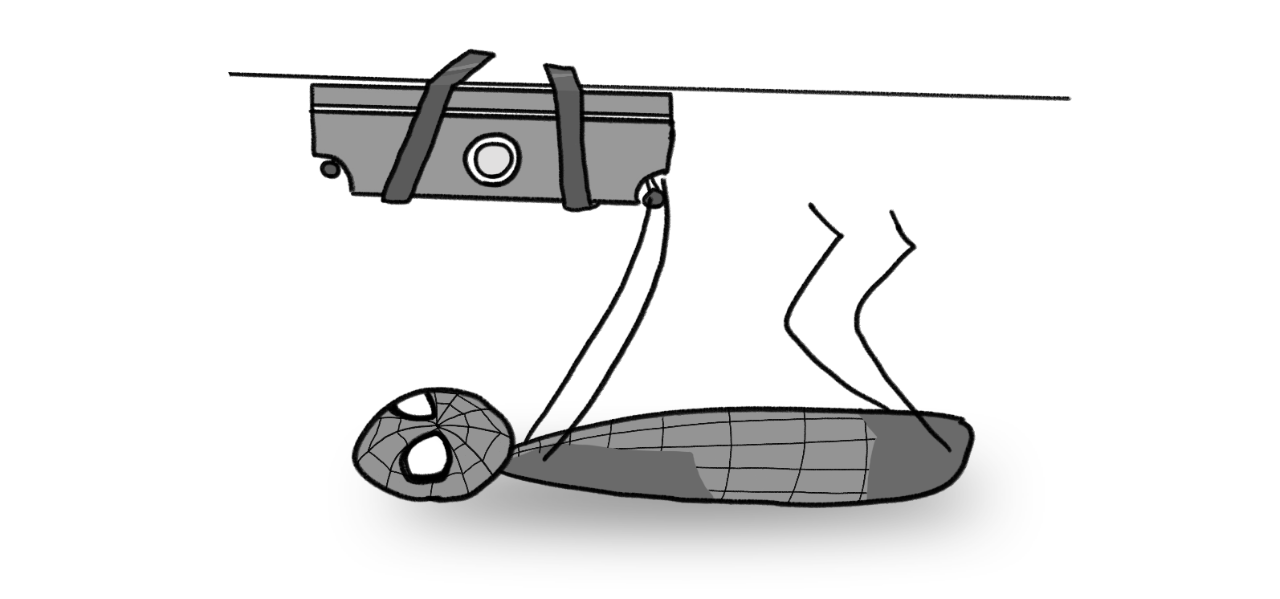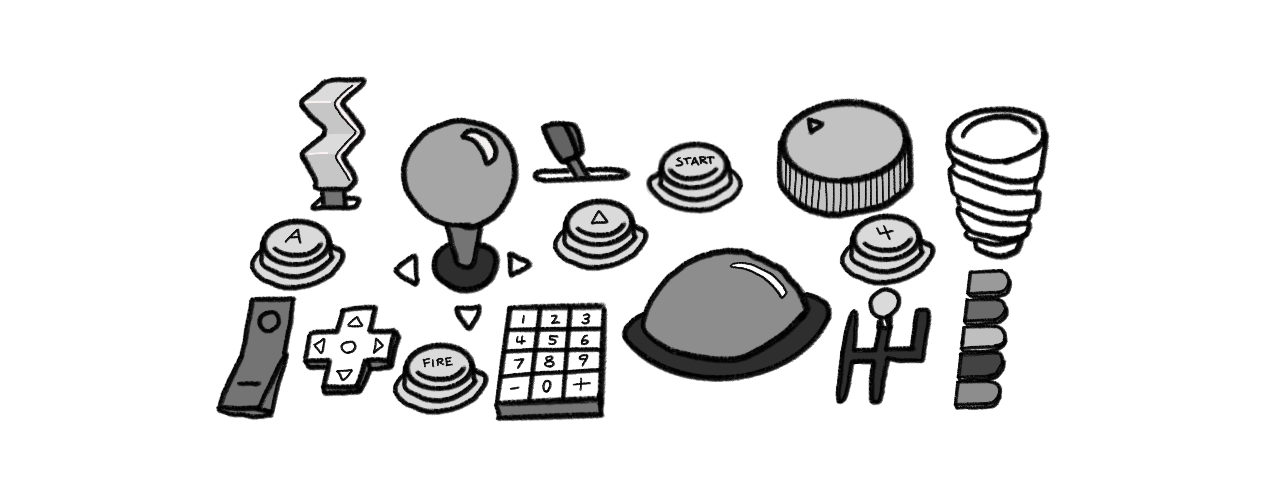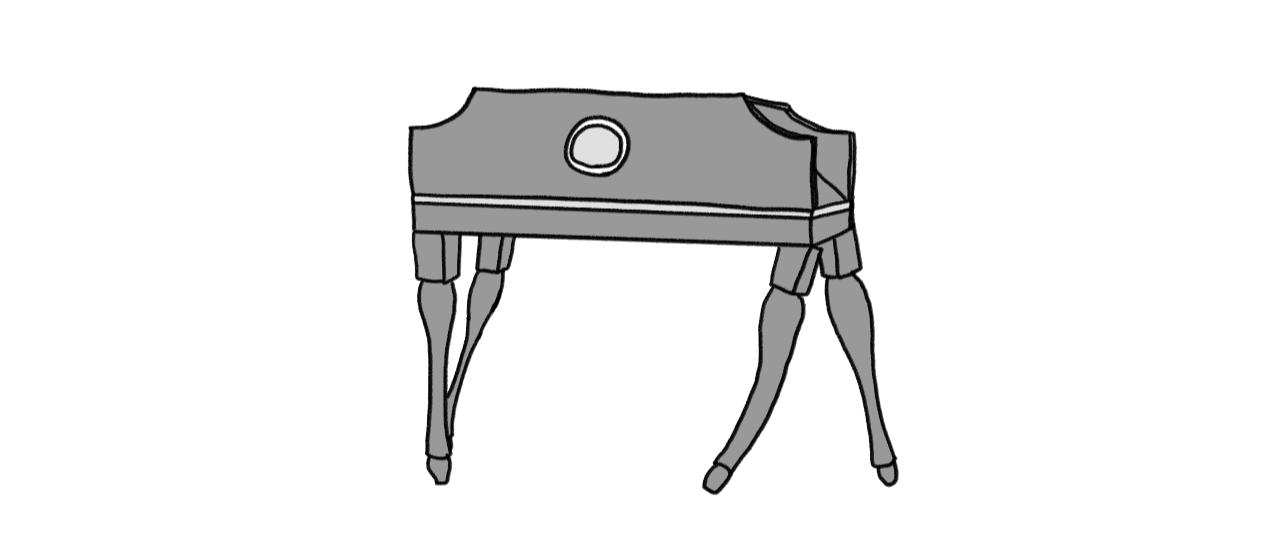Nautical Gamin' 2: Pac Man's Chest
In the early morning fog, mid-summer of 1699, a large wooden ship floated alongside the eastern shore of Gardiners Island. It sat nestled into the shallows, anchor sunk deep into the mud below. Sharply illuminated in the rising sun, the name “Adventure Prize” was chiseled upon the ship’s hull, but the island’s few residents were resting too soundly to take note. Only one man overlooked the scene this early, standing on deck, singlehandedly lowering a small skiff down into the waves.
As the boat splashed into the sea, the sailor quickly slid down the rope, grabbed the oars, and began rowing through the calm water to shore. Birds chittered awake along the tree-lined beach as he came aground, pulling the rowboat out of the tides. With great effort he hoisted a large chest onto the dingy’s edge, tilting the small vessel sideways from the box’s weight and clattering a spade onto the rocky beach. Cursing, William Kidd picked up the shovel before resuming his task. Tucking a separate box under his arm and grabbing the chest to drag behind, he slowly made his way up across the sparsely wooded island.
After a few hundred meters of this, the beach suddenly fell off into a shallow ravine. Kidd stopped, and with one final heave shoved the chest down the sandy slope and into the bottom of the trench. In only a few shovels of sand, it disappeared into the bottom of the ravine, invisible to any passerby. Captain Kidd walked back to his ship having buried his bargaining chip, over $30,000 of piratical plunder, in hopes that it would guarantee his freedom from execution. [1]It did not.

This is the only proven case of a pirate burying treasure. An unfortunate fact for sure, because the trope of buried booty is such a powerful icon of the greed and distrust amongst thieves. It’s no wonder media has multiplied the use of treasure chests to their modern ubiquity. No swashbuckling adventure film, nautical mini-golf course, or mermaid-filled Myrtle Beach seafood buffet would be complete without a wooden chest overflowing with gold. [2]I’m starting to realize how much of my aesthetic preference comes from a childhood of seeking out unlimited food.
With that historical anachronism in mind - the profile of my design came into quick focus. Solidified alongside the textures and colors from Twenty Thousand Leagues that I talked about in Part 1, I landed on a sketch of warm wood, brass trim, and sharp quarter-circle drops on either end to evoke that classic treasure chest shape. [3]Many of my design attempts tried to integrate a convexly curved top to each side to further heighten this, but ultimately the smoother flat (practical) tabletop won out

When All You Have is a Router, Everything is Bevel-able
A trick I recently learned (and have probably swung the pendulum of use entirely too far on) is that I can make any of my woodwork 10x more professional with a routed edge prominently displayed. The table base can be a shoddy mishmash of angles - but if I route along the top plane, everything else falls into place.
Probably due to that recent discovery, the router got used for practically every simple task on this one. I decided to place the monitor into the tabletop by tracing it and routing out the inset. This was nerve-wracking (I wanted the thinnest possible amount of wood covering the monitor bezel, and nice pre-planed wood is expensive), but ultimately probably shouldn’t have caused me as much concern as it did. I ended up with a very nice tabletop, with a perfectly fit monitor.
Unfortunately at this point, the system was only playable with gravity = -1 to hold the monitor in place.

On top of the question “How do I keep this monitor pressed snug up against the table?”… I also started to add in “What happens when this $5 yardsale monitor bites the dust in two months?”
Things Fall Apart
Arcade things, triply so.
In my research for this project, I ate some of my starting words on arcade cabinets being ugly monoliths of cheap branding. Arcade cabinets are built utilitarian-first, and it turns out that’s very much out of necessity. The ire of a Root-Beer-jacked preteen losing the 7th consecutive round of Gauntlet is not ideal for a plastic button, much less the joystick thrashing needed to take them to that edge. Arcade machines take a beating, even with normal restrained use. And so a secondary goal developed along the course of construction: Design this thing to be as modular (replaceable) as possible.
With that in mind, an overarching design began to take shape. A horizontal access panel on the bottom of the machine, with parts that could be detached from the inside. [4]It’s debatable if I succeeded on doing this with some of the controls in the end - but most of the critical pieces should be swappable with some effort
For the monitor problem, I landed on a large hinge, locked with a gate slide and with blocks of foam padding to hold the device tight against the tabletop. I’m very happy with how this turned out, and it was a breeze throughout the rest of this build to swap the monitor in and out to adjust display settings or run other wires in tight spaces.
The trackball got wingnuts for a quick detachment. All of the buttons have simple plastic nuts holding them in. Even the glass tabletop got attached with suction cups, should the unfortunate shattering day ever come. If there’s one result of this build I’m thrilled with, it’s the modularity.


Less Thrilling: Asymmetry
Aside from being a Qix machine, I wanted the table to contain a variety of arcade games I knew my mom enjoyed. Centipede and Arkanoid were two primary targets on the list [5]Technically she enjoyed the NES Arkanoid, but the cabinet version plays identically and the Steffeys’ NES requires more lung capacity to dust the contacts than any of us can muster, so why not bestow a new copy?
With these two games added to the machine, I suddenly needed more than joysticks. Centipede requires the careful precision of a trackball, and Arkanoid the rotary control of a dial.
This presented two additional problems to work around:
- This table was bloating in cost, and decent trackballs are not cheap
- I designed everything with a minimal form-factor, and cramming all of these controls onto the panels would be an uncomfortable mess to play. [6]And as established in Part 1: an uncomfortable device becomes an unused device

After much hemming and hawing and watching the AliBaba delivery window stretch out several weeks, I forced myself to make a compromise of asymmetry. A trackball on Player 1’s side, and a spinner on Player 2’s.
Centipede’s second player just has to deal with losing the Y axis (Unideal, I realize - but a small cost for the improved table feel) and Arkanoid wasn’t designed for a cocktail-cabinet anyways, so it runs entirely from the Player 2 side. [7]Not an important aside, but the spinner is created from a USB rotary encoder and a bunch of cabinet hardware I carefully assembled into a weighted flywheel and dial. I’m very proud of this piece, even if it rarely gets used in the final build. [8]My first attempt at the flywheel involved a fidget spinner. They were cheaper to purchase in a pack, so if you have need for 20 spinners, drop me a message.

Final Leg(s)
After settling on a suction cup system to hold the glass surface, barely scooting speakers into their allotted space because I didn’t count on the cone depth, and attaching the Raspberry Pi and USB arcade control boards with velcro to the monitor hinge, I was left with a fully functional arcade!

Oh. Right.
Here’s my biggest mistake in the project, and one I’d still like to rectify:
I slapped 4 legs on without much forethought into how they’d attach. I just screwed and glued them on.
I like the resulting aesthetic, and they work to keep the table at appropriate barstool-height. But I tried too hard to leave leg-room underneath the table, when ultimately the cabinet just isn’t wide enough to make that comfortable. It’s best played with human-legs splayed on either side, and so the 4 individual table legs don’t provide much benefit, and because they lack connecting struts as a secondary structure, they never quite stay exactly vertical…

Overall, this is my biggest issue with the cabinet, and I consider that a resounding success for the project as a whole. Building on-the-fly worked out entirely better than it had any right to, a fact I attribute 50% to careful planning with margins of error in mind, and 50% to getting lucky on wonkily translated product descriptions.
The cabinet looks great in the house, and I could not be happier with the look of the main treasure chest portion!


But the hardware design only gets us 2/3 of the way there; we have one more brief foray into the machine itself… coming up in Part 3.

In the late night fog of far too little sleep, early spring of 2020, a Chrome browser window sat on a sketchy Russian website. Emblazoned across the site’s header were unfamiliar Cyrillic characters, but Shawn did not let this deter him. He had arrived at this port for one reason, and one reason only. Splayed across the HTML before him was a smattering of buttons, all conspicuously labelled “Download” or “CLICK TO INSTALL”, flashing in competition for his attention. A perfectly evolved ecosystem of trickery. Shawn evaluated the scene for a moment before spying a small grey link hovering inconspicuously near the page edge. It didn’t flash or wiggle, and a feeling in his gut said this was the one. With a decisive click, Shawn held his breath as the payload downloaded.
QIX.zip blinked into appearance on the monitor, and he exhaled in relief as First Mate Norton nodded approvingly. Shawn ejected the thumb drive and spun around to view the brass-trimmed box across the room. A treasure trove of piratical plunder, laden with ROMs of all the golden arcade hits of the 1980’s, sitting in a wooden chest. With a hearty “Arr, Matey”, he plugged in the USB to add to the hoard.
More Like This
Enjoyed this? Great! This is part 2 of a 3 part post!
>> Part 1 - Nautical Gamin’
>> Part 3 - Coming Soon[9]Part 3 may run a bit later than the expected timeline, please continue sitting on the edge of your seat until then.
